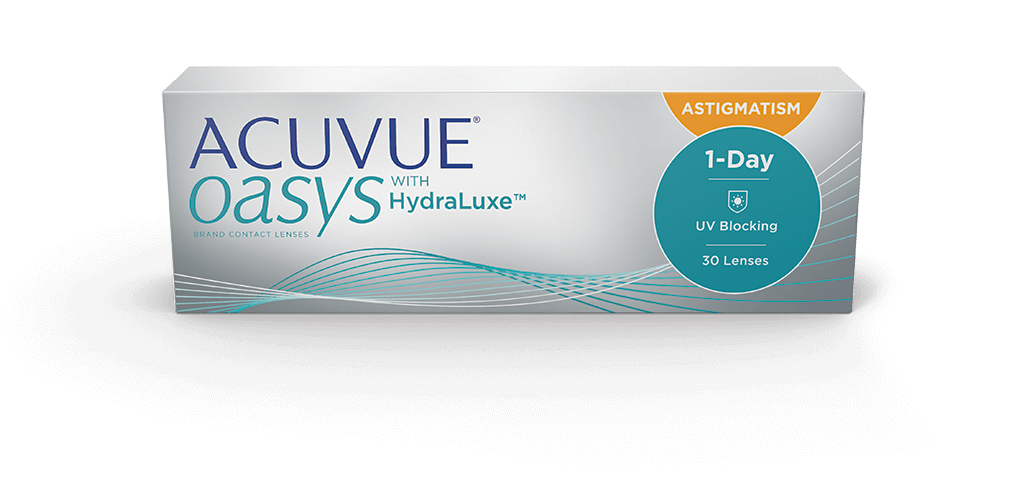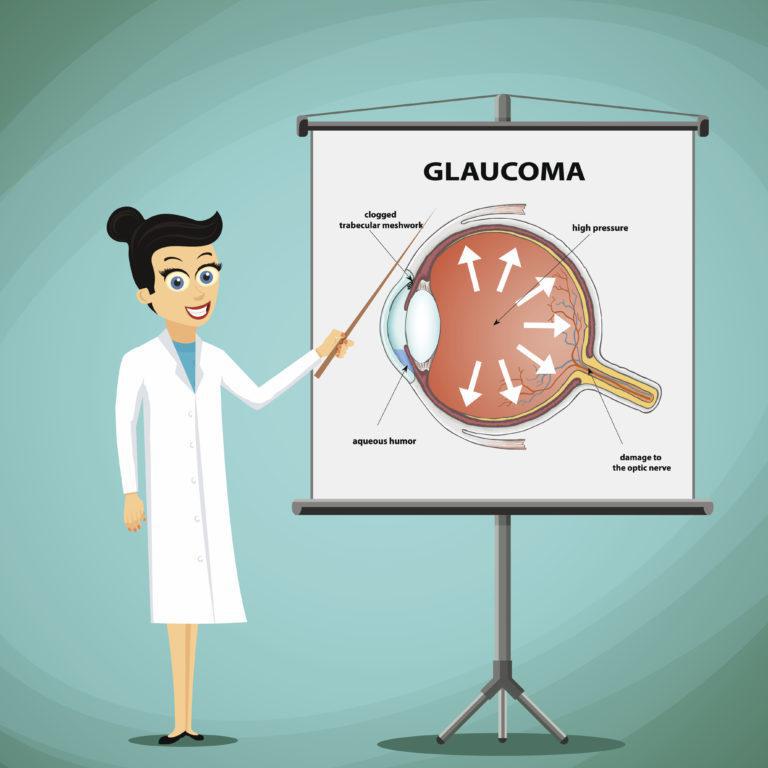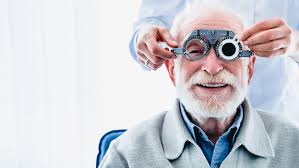What are eye exams?
An eye exam is a comprehensive evaluation of the health and function of the eyes. During an eye exam, an optometrist or ophthalmologist will use a variety of techniques and instruments to assess the vision, eye muscles, and structures of the eyes.




